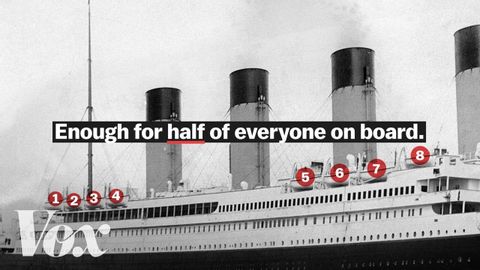タイタニック号|救命ボードが人数分なかった理由とは?
Minjane が 2023 年 03 月 03 日 に投稿  この条件に一致する単語はありません
この条件に一致する単語はありませんUS /pɚˈspɛktɪv/
・
UK /pə'spektɪv/
US /ˈækˌsɛnt/
・
UK /'æksent/
US /kəˈpæsɪti/
・
UK /kə'pæsətɪ/
- n. (c./u.)収容能力;容量;最大生産能力;能力;個人の職務や役割;静電容量;法的能力
US /ˈkɑnfɪdəns/
・
UK /'kɒnfɪdəns/
エネルギーを使用
すべての単語を解除
発音・解説・フィルター機能を解除
